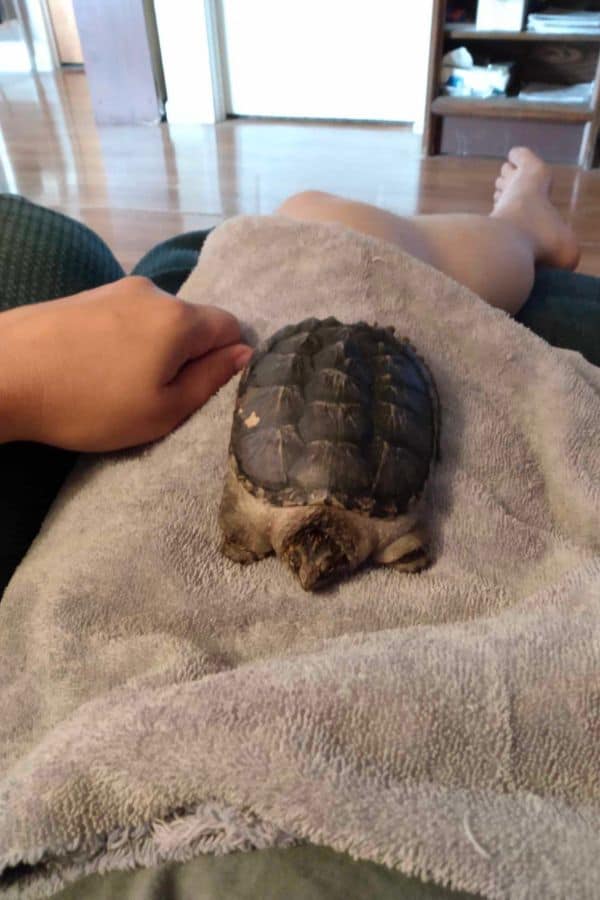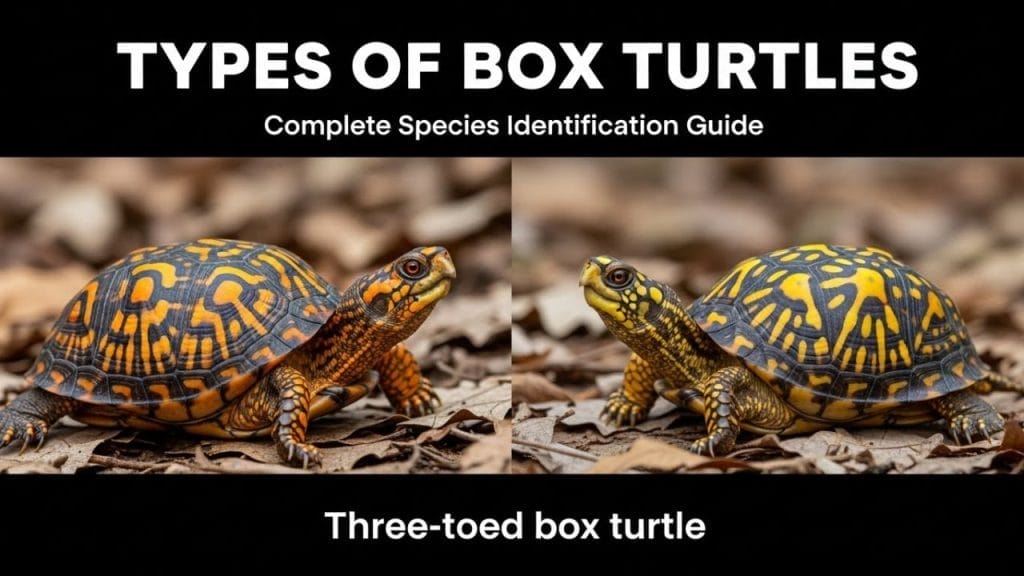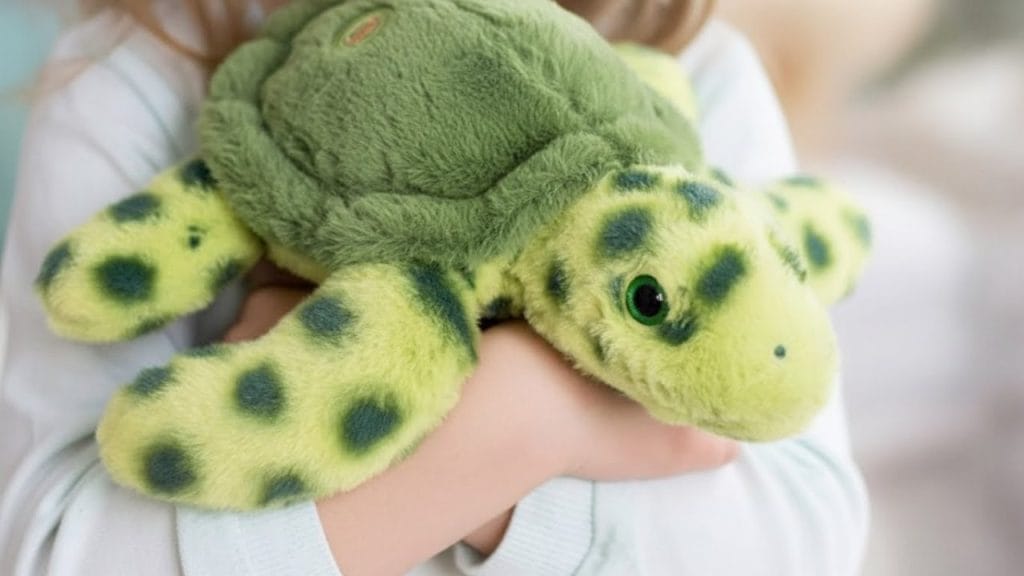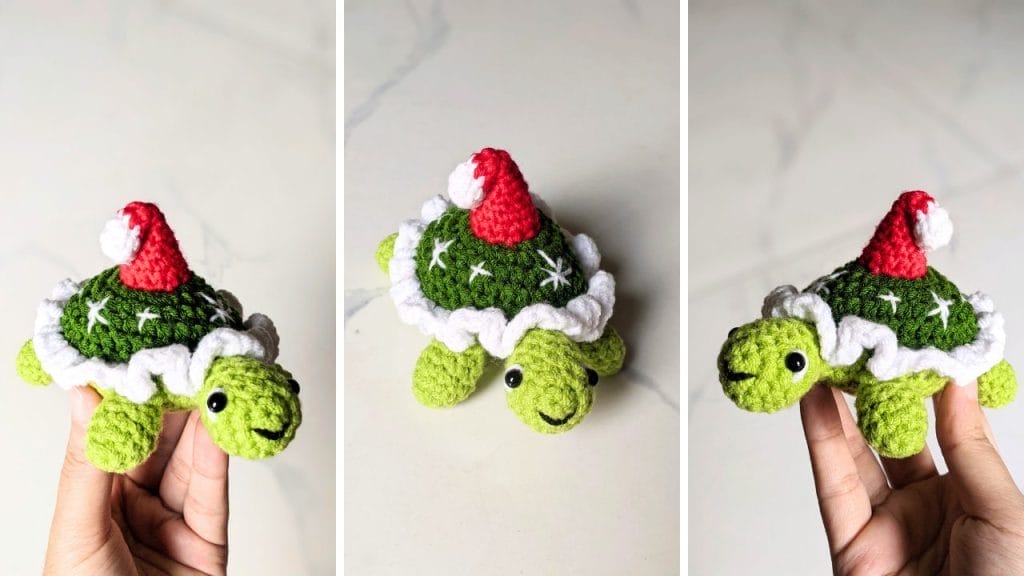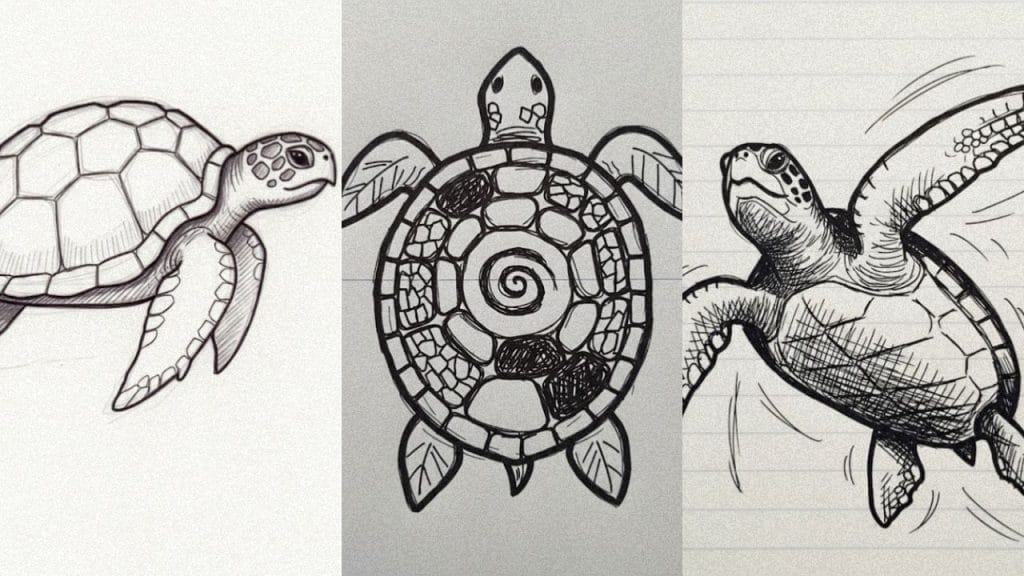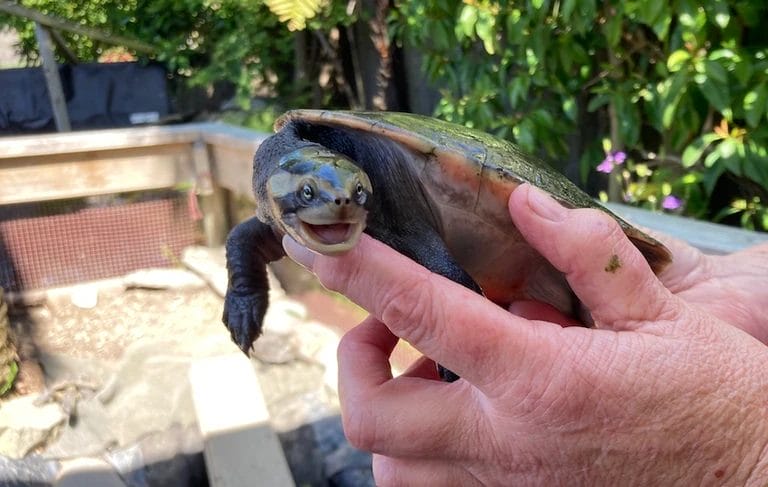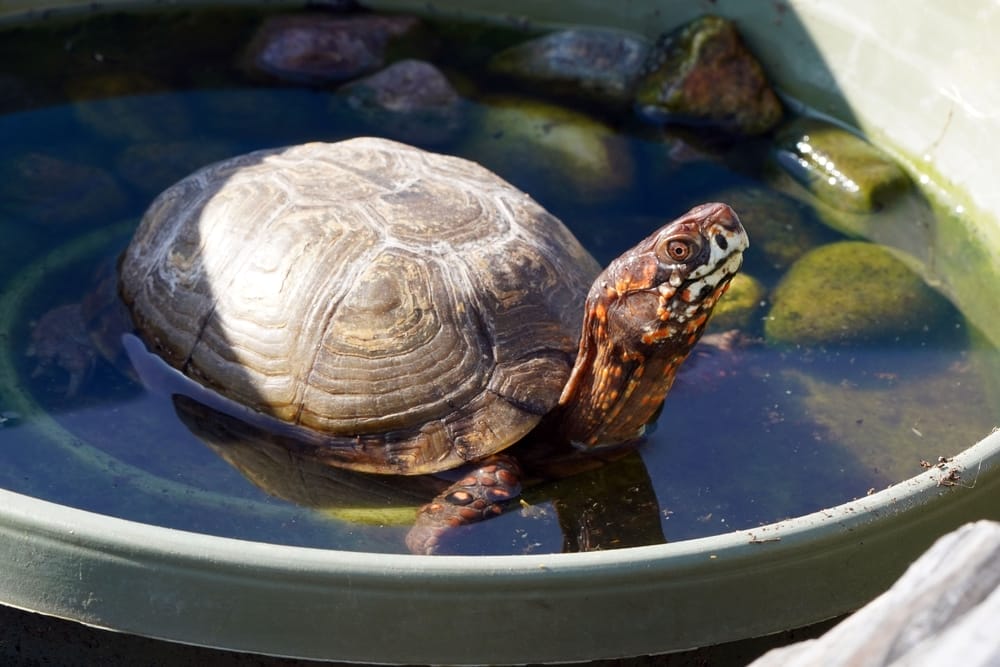8 Fascinating Turtle Behaviors Explained: Understanding Your Pet Better
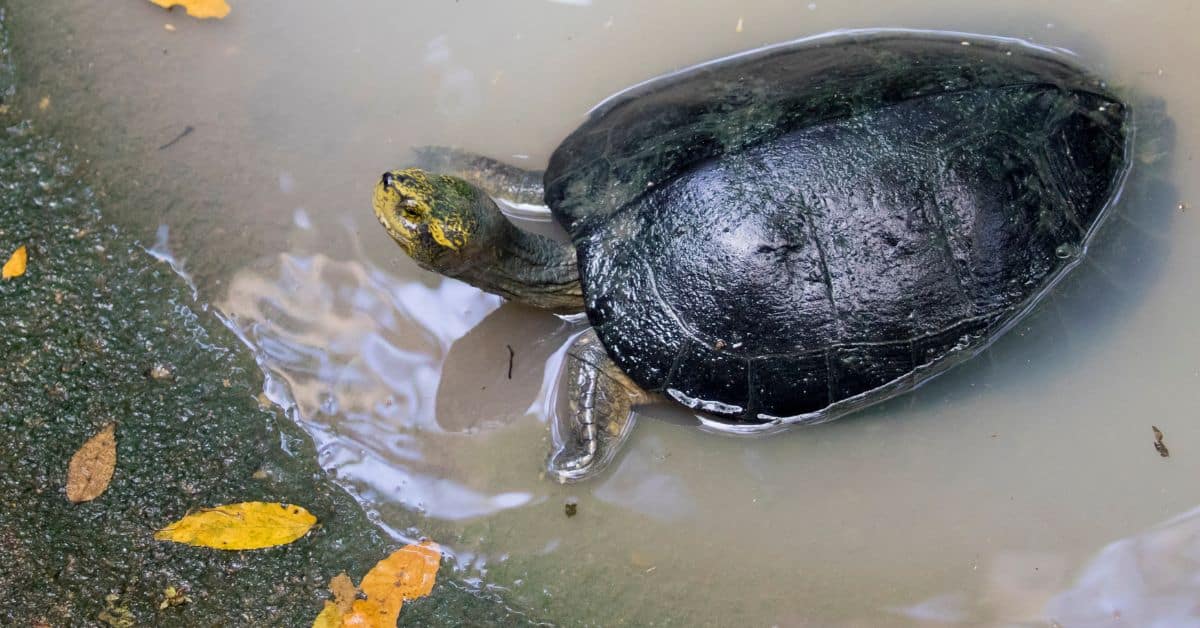
This post was created with help from AI tools and carefully reviewed by a human (Muntaseer Rahman). For more on how we use AI on this site, check out our Editorial Policy.
It’s always a love-hate relationship with turtles. Either you love them, or you don’t. Their lack of expressions doesn’t sit well with some people. But if you are in awe of these calm and mighty creatures, this article will disclose some fascinating turtle behaviors.
Turtles are messy and tend to be picky eaters most of the time. But they have an exceptional memory. They can remember small details up to 18 months. Even though turtles are omnivores, with age, they choose only to eat veggies.
Since turtles are quite reserved, you have to rely on your research abilities to make sense of their behaviors. Through this article, I have tried to make it a little simple for you. Keep reading to discover some interesting turtle behaviors that confuse amateur owners.
Key Takeaway
- Turtles can be traced back to 200 million years ago.
- Turtles depend on UV-B rays to kill all the germs collected on their shells.
- Even though turtles are great swimmers, they still can drown.
- Turtles can create a mess in their tanks due to their investigative nature.
- A pet turtle can live up to 50 years.
8 Fascinating Turtle Behaviors You Must Know About
Below is a table summarizing the different types of turtle behaviors covered in your article, along with a brief description of each:
1. Turtles Need To Dry Themselves Off Frequently
As a new turtle keeper, you might be surprised seeing your pets climb those rocks and come outside. Don’t worry; they are not trying to run away.
They just need to get some sunlight and dry off their bodies.
It might come as a shocker, but turtles don’t live underwater forever. Even though some specific species are exceptional swimmers, they do need to come up. It’s called “sun basking.”
Sunlight is an essential source of life for turtles. They collect vitamin D3 from the UV-B radiation. It helps the shells to get stronger. Also, sunlight kills any infectious parasite living on the turtle’s body. You see, staying underwater for several hours is not the best way to keep a body bacteria-free.
Plus, turtles don’t have any organs to scratch off any dirt collected on the shell while swimming. Basking under the sun is the only way to fight against harmful germ build-up. That’s why even if the tank you created is awesome, you need to make some space for basking. You can take the pets out or put the whole tank near a window during the day.
Another reason why turtles need to dry themselves off is temperature. Once the turtle feels that the water is too cold for their liking, they opt for a sunbath. Staying under daylight for a while significantly increases their body temperature without any effort.
They would need to use most of their stored energy to reach the same temperature level underwater.
Here is a table listing the benefits of basking for turtles:
| Benefit | Description |
|---|---|
| Regulates body temperature | Basking allows turtles to raise their body temperature, which influences metabolic processes and activity levels. |
| Produces vitamin D | UVB exposure during basking enables turtles to produce vitamin D3, essential for calcium absorption and bone/shell health. |
| Stimulates appetite | Higher body temps from basking signal to turtles that it is time to be active and foraging. |
| Encourages growth | Vitamin D and increased metabolism when basking supports growth of turtles, especially juveniles. |
| Aids digestion | Basking stimulates gut mobility and digestive enzyme activity in turtles. |
A recent study found that sea turtles navigate using Earth’s magnetic field.
2. They Are Amazing At Remembering Mazes
Turtles are only slow in races. But when it comes to mind games, they are better than most other reptiles.
Take mazes, for example. Did you know that turtles are amazing at solving mazes? Dr. Wilkinson did an interesting study at the University of Lincoln.
The team designed a complex maze (eight-armed) with treats at the end. They let a red-footed turtle explore the maze. Surprisingly, the turtle completed each arm, collected its treat and moved on to the next one. Each time, the turtle never revisited any block. According to the researchers, the turtle needs to remember where it has been to avoid revisiting. That explains how strongly they remember things.
That’s why turtles have a strong response when their most or least favorite meal is served. Just one look and they remember how they felt the last time they ate that food. Turtles are good at remembering faces as well. So, it’s unlikely that they won’t know you are the caretaker.
3. Adult Turtles Often Turn Vegetarian
Turtles can eat both meat and veggies. Then why does your turtle refuses to eat the pellets you offer?
Baby turtles need more protein in the initial life stage (below ten years of age). That’s why the diet should consist of protein-rich food like crickets, shrimp, krill, and other live insects if you have a juvenile turtle. But ensure the food comes from a safe source and is not filled with harmful chemicals.
However, as the turtles become adult, their metabolism gets slower. You don’t have to feed them two or three times a day. In fact, it’s preferable not to offer protein-dense food every day.
Adult turtles prefer eating lots of green veggies after a heavy meal to keep digestion smooth. Collards, dandelions, lettuce, berries, and cucumber all work fine.
However, avoid veggies like spinach as it contains many oxalates.
Even though I highly doubt your turtle will reject any of these foods, you should be aware of their nutritional value. Try to include more nutritious veggies filled with vitamin A. Carrots can be a good example. I know it is sad that you can’t give lettuce to the poor pet every day. They seem to love munching on those big leaves.
As for how to serve these veggies, you can place the whole leaf inside. Turtles don’t usually choke. They have strong beaks that help them shred the whole food into bite-size pieces. So, you can be relieved about the serving procedure.
Turtles exhibit both solitary and social behaviors. While they are generally not considered social animals, some species do congregate together for certain activities like mating. Sea turtles in particular gather offshore to breed. (source)
4. Aquatic Turtles Only Eat Underwater
Aquatic turtles love exploring both land and water.
However, their neck must be submerged in water when it comes to eating.
You see, the majority of aquatic turtles need water to push the food down their throat. Without water, they might choke on the food and get seriously ill.
You see, aquatic pet turtles don’t have sharp teeth or any salivary gland. That’s why they can’t break food and swallow it alone. When they are underwater, they gulp down a lot of water after every bite.
The water pressure pushes the food down. Hence, even though a turtle catches its prey on a dry surface, it will go back to its tank to eat it. Now you know why your pet turtle doesn’t eat much when it’s outside the tank.
However, there are species like Rhinoclemmys punctularia & snapping turtles that hardly go into the water. They depend on their strong beak and long tongues to push the food down the digestive system. Plus, they are able to extract moisture from the food itself. So they don’t get constipated even though they eat outside water.
But apart from these rare cases, most pet turtles, including Trachemys scripta, soft-shelled turtles, or sliders, highly depend on water for smooth digestion. What do we learn from it? Never force the turtle to eat while it’s outside water.
5. Turtles Love Making A Mess
Despite how calm they look from the outside, turtles can be quite mischievous. They are known for creating a mess inside the tank.
There’s even a saying that “the only turtles that don’t leave a mess are the plastic ones.”
Even though turtles eat veggies, they are sloppy eaters. For example, I have seen turtles tearing up a lettuce leaf. At first, I thought they were doing it to make bite-size pieces. But I was wrong. They ate a few pieces, forgot about the rest, and started begging for more food.
Now, you know how it might feel to keep a turtle. That’s why I never recommend turtles as a first-time pet. Turtles are much more work than anyone anticipates. Moreover, their eating habit constantly leaves a lot of food particles inside the tank. The food slowly rots inside the water and turns into harmful chemicals. Not only that, but the tank smells really bad. So, you have to attach a filter to keep those substances like nitrate or ammonia out of the water.
Considering the dirt they create, I recommend buying something twice as powerful as a fish tank filter. It will make your job slightly easier. However, if I have to rank one turtle as the “messiest,” I would say box turtles. They love investigating their surroundings.
And how do they do it? By digging the sand, shredding plant leaves, and moving rocks from one place to another. It already sounds like a nightmare, right? Well, as long as you don’t mind cleaning the water every day, you will enjoy their interesting activities inside the tank.
Nesting behavior varies by species. For sea turtles, only females nest, typically coming ashore at night to dig nests in the sand using their rear flippers. They then lay their eggs and cover them back up (source).
6. Turtles Can Drown In The Tank
I know it sounds absurd. Many people think turtles love being submerged in water forever. But that’s just not true.
Even though turtles have the ability to navigate both water and dry surfaces, they need to come out of water to catch their breath. Yes, it’s similar to how a human swimmer behaves.
Just like us, turtles have lungs. That’s why they can’t extract oxygen from water like a fish. Water species usually have an organ called “gill” that can easily filter the water and collect oxygen for the respiratory system.
Since turtles lack such organs, you can’t expect them to stay underwater forever. It’s just that some turtle species, like the red-eared sliders, are gifted swimmers. They can hold their breath for a long time. That’s why you see them having fun underwater for hours. But at some point, they do run out of oxygen supply and need to come out.
Now, how long can they hold their breath? It is a tricky question. It depends on the specific type of turtle we are talking about. For example, box turtles have a reputation for being bad swimmers. So, they will be out of water within a few minutes. On the other hand, sea turtles can stay underwater for up to 1 hour.
There’s another species called the tortoise. They are known for their elephant feet and inability to swim. So, putting one of them inside a water tank would be horrible.
Make sure your turtle tank has enough rock and dry surface for the animal to rest.
different swimming strokes used by various turtle species
Here is a table comparing the different swimming strokes used by various turtle species:
| Turtle Species | Swimming Stroke | Description |
|---|---|---|
| Sea Turtles | Flutter Kick | Alternating movement of forelimbs in a vertical plane to generate forward thrust. Powered by strong limb muscles. |
| Sliders/Cooters | Rowing Motion | Side-to-side sweeping motion of forelimbs to “row” through the water. Power comes from whole body undulations. (Source) |
| Softshell Turtles | Anguilliform Undulation | Eel-like lateral bending of the body and limbs to propel through water. Well-suited to their fast, active swimming style. |
| Tortoises | Non-Applicable | Being terrestrial, tortoises do not use aquatic locomotion and instead |
7. They Don’t Show Much Affection
Turtles are not affectionate pets. It’s the bitter truth every turtle owner slowly learns. But if you are interested in keeping turtles, you should also accept their lack of affection. That’s just how most of the reptiles are.
They are not like dogs or cats. In fact, the majority of turtles hate being picked up (especially in the middle section).
Be prepared that the turtle will not respond much and only look for you when it’s feeding time. So, if you are okay with such behavior, only then would I recommend getting a turtle.
If that was not enough, many amateur turtle keepers don’t know how to pet a turtle safely. This makes the bonding even more tough. You see, turtle shells contain nerve endings. It is made of 60 different types of bones, all merged together. You can call it an extended part of their ribs. So, it’s a no-brainer that the area is pretty sensitive.
They can feel anything you do with the shells. And that’s why most of them become so aggressive. It’s simply because they don’t trust you. Turtles die if their shells get broken or damaged by any chance. That’s why they try to get away anytime you touch the shells.
See it as a precautionary step instead of rude behavior. However, if you are really gentle with the turtle from the first day, slowly, it might react whenever it sees you. That’s a sign that they like you. And, I think, for a turtle owner, it’s more than enough.
What do you say?
sound and visual signals used by turtles and their meanings
| Signal | Possible Meaning |
|---|---|
| Basking in the sun | Indicates a need for thermoregulation and UV exposure for health. |
| Retracting into shell | Sign of fear or feeling threatened; a defensive mechanism. |
| Rapid swimming or agitation in water | Could indicate stress, excitement, or the need for more space. |
| Digging or scratching at the tank | May signal discomfort, the need for more space, or nesting behavior in females. |
| Hissing | A defense mechanism when feeling threatened or disturbed. |
| Grunting or heavy breathing | Often associated with mating behaviors or, in some cases, respiratory issues. |
| Shell rubbing or scratching | Could indicate parasites or skin issues; sometimes a normal part of shedding scutes. |
| Frequent attempts to climb out of the tank | May suggest discomfort with the current environment or the need for exploration. |
8. Turtles Can Be Extremely Picky Eaters
Once you own a turtle, you will also be surprised at how picky they can be.
If they don’t get what they want to eat, they never hesitate to throw a tantrum.
Many people seem to think that these calm creatures are easygoing when it comes to food.
If we are talking about hatchings or juveniles, the tantrum is understandable. They require more protein every day for consistent growth. That’s why you won’t see them digging in wholeheartedly if the diet doesn’t contain enough meat. They like eating steamed chicken, beef, krill, etc.
However, that changes for adult turtles. I have already discussed how many sea turtles choose a vegetarian diet once they become an adult. As their need for protein decreases with age, they don’t mind rejecting food most often.
I have seen turtles who would only accept a meal if it had fresh shrimp. Otherwise, they would keep eating lettuce.
As an aware turtle keeper, it can be a big obstacle to finding out exactly what the turtle loves to eat.
If you have adopted an adult turtle, the task can be daunting. You have no idea what the pet has eaten most of its life. And, if the turtle is used to having plain lettuce every day, they might not accept any other food at first. You have to put nutritious food in their diet very strategically.
The problem is less severe with hatchings. You are in charge of their dietary habits from the start. So, you know how they behave to each of the food you prepare for them.
This Hilarious Turtle Book Might Know Your Pet Better Than You Do
Let’s be real—most turtle care guides feel like reading a textbook written by a sleep-deprived zookeeper.
This one’s not that.
Told from the snarky point of view of a grumpy, judgmental turtle, 21 Turtle Truths You’ll Never Read in a Care Guide is packed with sarcasm, sass, and surprisingly useful insights.
And hey—you don’t have to commit to the whole thing just yet.
Grab 2 free truths from the ebook and get a taste of what your turtle really thinks about your setup, your food choices, and that weird plastic palm tree.
It’s funny, it’s honest, and if you’ve ever owned a turtle who glares at you like you’re the problem—you’ll feel seen.
Pet Turtle Diet & Feeding Chart
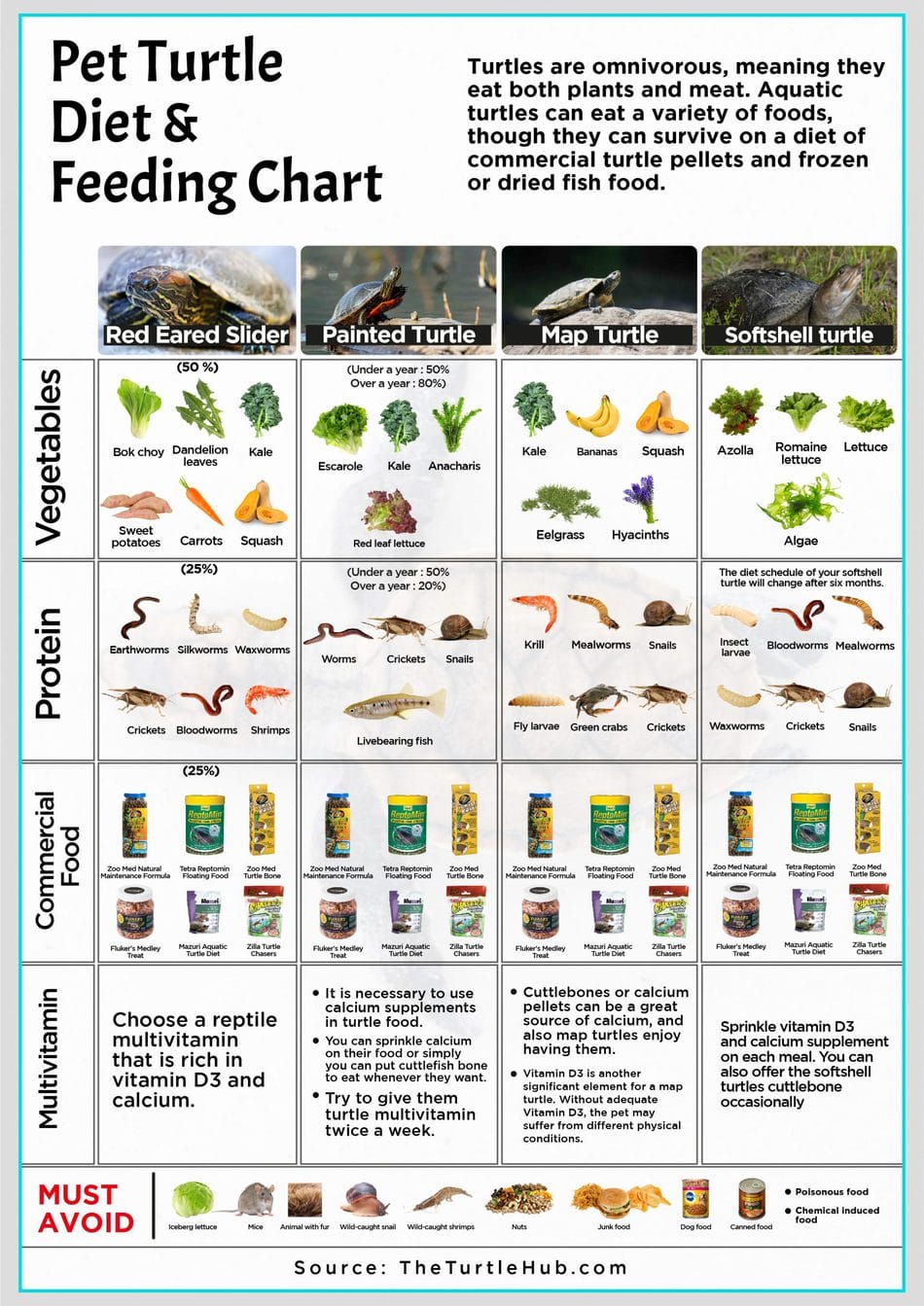
For a printable version of this amazing diet chart, click here!
Some interesting turtle behaviors include their attraction to light. Sea turtles use light cues to navigate back to the ocean after nesting (source). Box turtles will hiss loudly if threatened. Snapping turtles can grow to over 200 pounds and are formidable predators.
key nesting behaviors and habits of different turtle groups
Here is a table outlining and comparing some key nesting behaviors and habits of different turtle groups:
| Turtle Group | Nest Location | Timing of Nesting | Clutch Size | Incubation Period | Sex Determination |
|---|---|---|---|---|---|
| Sea Turtles | High sandy beaches | Late spring-summer | 100-150 eggs | 50-70 days | Temperature-dependent |
| Sliders/Cooters | Sandy or gravel banks | May-July | 5-20 eggs | 60-90 days | Genetic |
| Softshells | Sandy riverbanks | May-July | 20-40 eggs | 60-90 days | Genetic |
| Box Turtles | Forest leaf litter | May-July | 2-12 eggs | 80-90 days | Genetic |
| Wood Turtles | Forest edges | May-July | 4-11 eggs | 70-80 days | Genetic |
| Tortoises | Under bushes/trees | Spring-early summer | 5-20 eggs | 60-120 days | Genetic |
Before You Leave!
The more you learn about turtles, the more fascinating they seem. There’s an interesting explanation behind everything they do. But still, I highly recommend you get a turtle only if you are ready to take care of them without expecting much. Many people get disappointed after adopting turtles.
The majority of their knowledge about turtles is actually myths. If you have to have a turtle, at least get all your facts straightened. Check out my next article, where I debunk all the myths about pet turtles. Don’t miss it.
Article: top 10 myths about pet turtles.

About Author
Muntaseer Rahman started keeping pet turtles back in 2013. He also owns the largest Turtle & Tortoise Facebook community in Bangladesh. These days he is mostly active on Facebook.








